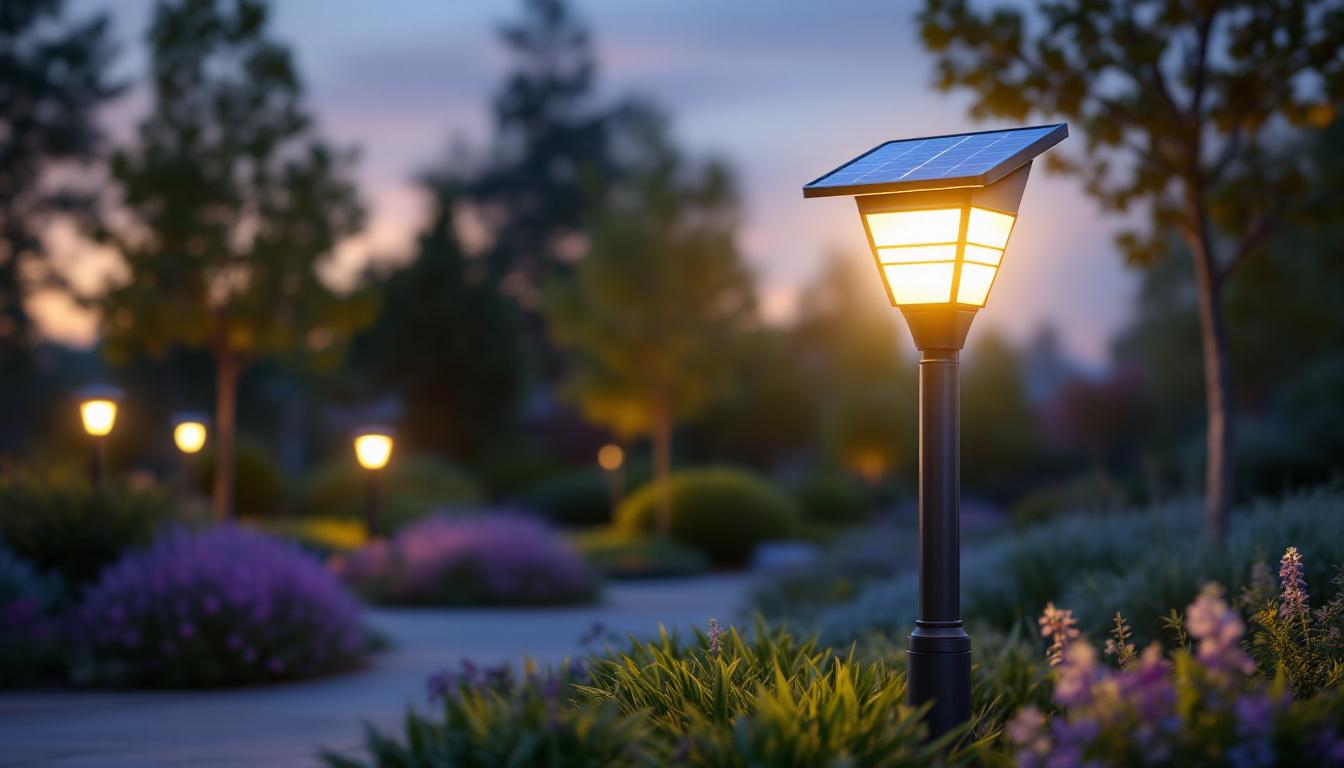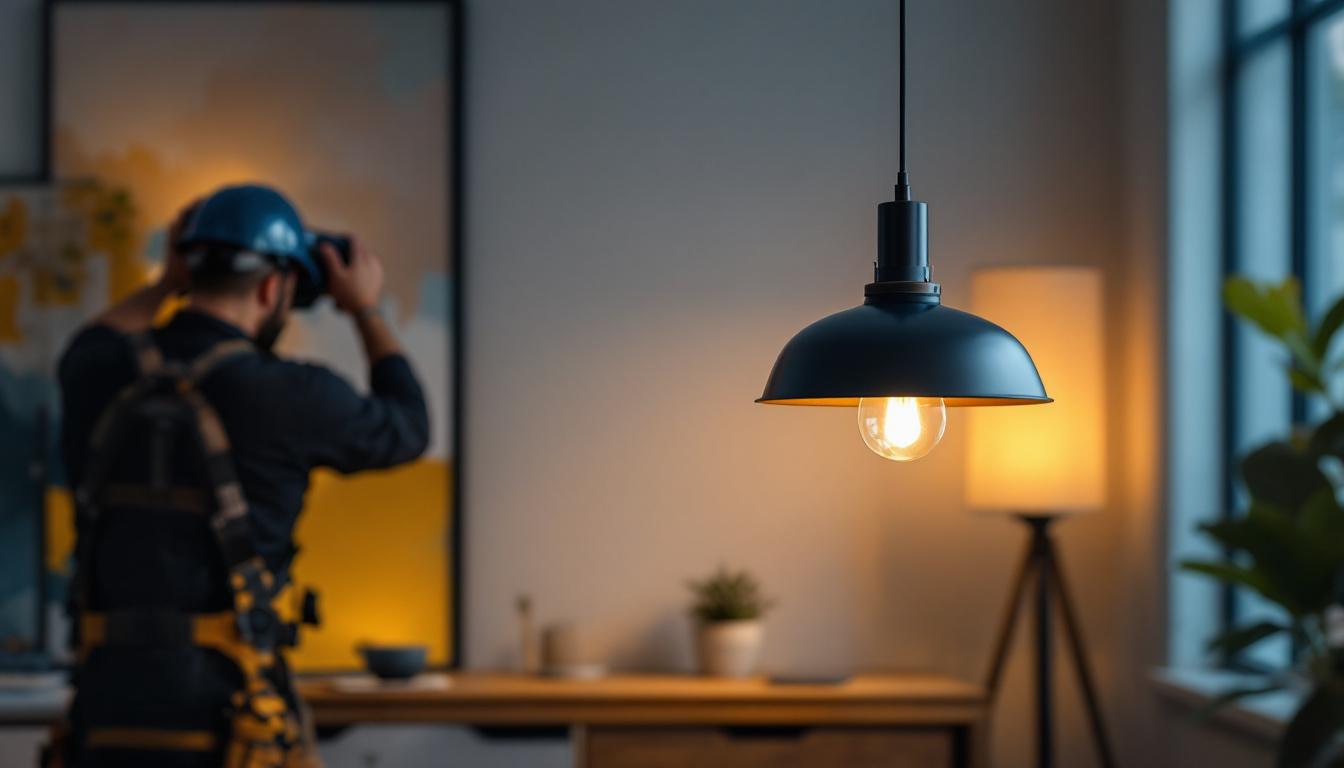
Fluorescent drop ceiling light fixtures have become a staple in commercial and industrial settings due to their efficiency and versatility. For lighting contractors, understanding the best practices surrounding these fixtures is essential for ensuring optimal performance and customer satisfaction. This article delves into the key aspects of working with fluorescent drop ceiling light fixtures, providing valuable insights and practical tips for lighting professionals.
Fluorescent drop ceiling light fixtures are designed to fit seamlessly into suspended ceilings, providing an even distribution of light across a space. They are commonly used in offices, schools, hospitals, and retail environments, where consistent lighting is crucial for both functionality and aesthetics. The sleek design of these fixtures allows them to blend into the ceiling, creating a clean and unobtrusive look that is particularly important in professional settings.
These fixtures typically consist of several key components, including the housing, ballast, and lamp. The housing is the outer shell that contains and protects the internal components, while the ballast regulates the electrical current to the lamps. The lamps themselves are the fluorescent tubes that emit light when energized. In addition to these primary components, many fixtures also include reflectors that enhance light distribution and improve overall efficiency by directing more light into the room.
Understanding these components is vital for contractors, as it allows them to troubleshoot issues effectively and recommend appropriate replacements or upgrades to clients. Additionally, being familiar with different types of lamps, such as T8 and T5, can help contractors make informed decisions based on the specific needs of a project. For instance, T5 lamps are generally more energy-efficient and provide brighter light than T8s, making them suitable for spaces with higher lighting demands.
Fluorescent fixtures offer several advantages that make them an attractive choice for various applications. They are energy-efficient, consuming less electricity compared to traditional incandescent bulbs, which can lead to significant cost savings over time. Furthermore, they have a longer lifespan, reducing the frequency of replacements and maintenance. This longevity not only benefits the budget but also contributes to a more sustainable approach to lighting, as fewer materials are needed for replacements.
Moreover, fluorescent lights produce a bright, white light that enhances visibility and reduces eye strain, making them ideal for environments where tasks require precision and focus. Their ability to provide consistent lighting across large areas is another reason why they are favored in commercial settings. In addition, many fluorescent fixtures are now available with dimming capabilities, allowing users to adjust the brightness according to the time of day or specific activities, further enhancing their versatility. The advent of advanced technologies, such as electronic ballasts, has also improved the performance of fluorescent fixtures, reducing flicker and noise while increasing energy efficiency.
Proper installation of fluorescent drop ceiling light fixtures is crucial for ensuring their longevity and performance. Lighting contractors must adhere to best practices to achieve optimal results and avoid common pitfalls.
Before installation begins, it is essential to plan the layout of the fixtures carefully. Consider the size and shape of the room, as well as the intended use of the space. A well-thought-out layout will ensure even light distribution and minimize shadows or dark spots.
Using lighting design software can help contractors visualize the placement of fixtures and assess the overall lighting levels. Additionally, consulting with clients about their preferences and needs can lead to a more tailored solution that meets their expectations. Factors such as the color of the walls, the presence of windows, and the type of activities that will take place in the space can all influence the final layout. For example, brighter lighting may be necessary in workspaces to enhance productivity, while softer lighting might be more appropriate for relaxation areas.
When installing fluorescent fixtures, electrical considerations must be taken into account. Ensure that the electrical supply is adequate for the number of fixtures being installed, and verify that the ballast is compatible with the lamps being used. This step is critical to avoid flickering lights or premature failure of the fixtures.
Furthermore, adhering to local electrical codes and regulations is paramount. Contractors should be familiar with these codes to ensure safety and compliance during the installation process. Proper grounding and circuit protection should also be implemented to prevent electrical hazards. It’s also advisable to conduct a load calculation to determine the total wattage of all fixtures combined, ensuring that the circuit can handle the load without tripping breakers or causing overheating. Regular maintenance checks post-installation can help in identifying any electrical issues early on, prolonging the life of the fixtures.
Once the layout and electrical considerations are addressed, securing the fixtures properly is the next step. Fixtures should be mounted securely to the ceiling grid to prevent any movement or sagging. Utilize the appropriate mounting hardware and follow the manufacturer’s guidelines for installation.
Additionally, consider the weight of the fixtures and ensure that the ceiling grid can support them. If necessary, reinforce the grid or use additional support brackets to ensure stability. A well-secured fixture will not only enhance safety but also improve the overall aesthetic of the lighting installation. It’s also important to check for any obstructions in the ceiling space, such as ductwork or plumbing, that could interfere with the installation. Taking the time to address these potential issues beforehand can save significant time and effort during the installation process. Moreover, after securing the fixtures, performing a thorough inspection can help ensure that all components are aligned correctly and functioning as intended, setting the stage for a successful lighting solution that meets both safety standards and design goals.
Regular maintenance and troubleshooting are essential for keeping fluorescent drop ceiling light fixtures in optimal working condition. Lighting contractors should educate clients on the importance of routine checks and provide guidance on common issues that may arise.
Routine maintenance checks should include inspecting the fixtures for any signs of wear or damage. This includes checking the lamps for flickering or dimming, which may indicate that they are nearing the end of their lifespan. Regularly cleaning the fixtures and removing dust or debris can also enhance their performance and longevity.
Contractors should recommend a maintenance schedule to clients, outlining when to perform these checks and what to look for. This proactive approach can prevent larger issues and ensure that the lighting remains effective and efficient.
Even with proper maintenance, issues may still arise. Common problems include flickering lights, buzzing ballasts, and uneven lighting. When troubleshooting, contractors should first check the electrical connections and ensure that the ballast is functioning correctly.
If a fixture is flickering, it may be due to a faulty lamp or ballast. Replacing the affected component is often the quickest solution. For buzzing ballasts, consider replacing them with quieter models or checking for loose connections that may be causing the noise.
As technology advances, upgrading fluorescent fixtures to more energy-efficient options, such as LED retrofits, can provide significant benefits. Contractors should stay informed about the latest advancements in lighting technology and be prepared to offer clients recommendations for upgrades that enhance energy efficiency and reduce operating costs.
When discussing upgrades with clients, highlight the long-term savings and improved performance that come with modern lighting solutions. Providing case studies or examples of successful upgrades can help clients visualize the benefits and make informed decisions.
Design plays a critical role in the effectiveness of fluorescent drop ceiling light fixtures. Lighting contractors should consider both functionality and aesthetics when planning installations.
The color temperature of fluorescent lamps can significantly impact the ambiance of a space. Warmer color temperatures (around 3000K) create a cozy and inviting atmosphere, while cooler temperatures (above 4000K) promote alertness and focus. Contractors should assess the intended use of the space and recommend lamps that align with the desired mood and functionality.
Additionally, the quality of light produced by fluorescent fixtures should be taken into account. High Color Rendering Index (CRI) ratings indicate that colors appear more vibrant and true to life under the light. This is particularly important in settings where color accuracy is crucial, such as art studios or retail environments.
Integrating lighting controls, such as dimmers or occupancy sensors, can enhance the functionality of fluorescent drop ceiling light fixtures. These controls allow for greater flexibility in adjusting light levels based on the specific needs of the space and its occupants.
Contractors should discuss these options with clients during the planning phase, highlighting the benefits of energy savings and improved comfort. Installing controls can also lead to increased satisfaction among occupants, as they can tailor the lighting to their preferences.
Fluorescent drop ceiling light fixtures remain a popular choice for lighting contractors due to their efficiency and versatility. By understanding the components, installation best practices, maintenance needs, and design considerations, contractors can ensure successful projects that meet client expectations.
Staying informed about advancements in lighting technology and integrating modern solutions can further enhance the value provided to clients. Ultimately, a commitment to quality installation and ongoing support will establish a contractor’s reputation as a trusted expert in the field.
By following these best practices, lighting contractors can navigate the complexities of fluorescent drop ceiling light fixtures with confidence, delivering exceptional results that illuminate spaces effectively and efficiently.
Ready to elevate your lighting projects with the best in fluorescent drop ceiling light fixtures? Look no further than LumenWholesale, where we provide contractors with the highest quality, spec-grade lighting products at unmatched wholesale prices. Say goodbye to local distributor markups and hello to our extensive selection that meets rigorous industry standards. With LumenWholesale, you’ll enjoy the convenience of bulk buying with free shipping, ensuring you get the premium lighting your projects deserve at the best value. Don’t compromise on quality or price. Wholesale Lighting at the Best Value is just a click away. Experience the LumenWholesale difference today!

Discover innovative strategies and expert tips for lighting contractors to enhance their sign lighting projects.

Discover the science behind solar powered bollard lights and their benefits for lighting contractors.

Discover how incorporating light fixture pendants can elevate your contracting business.

Discover expert insights and best practices for installing LED garden lights in this comprehensive guide tailored for lighting contractors.